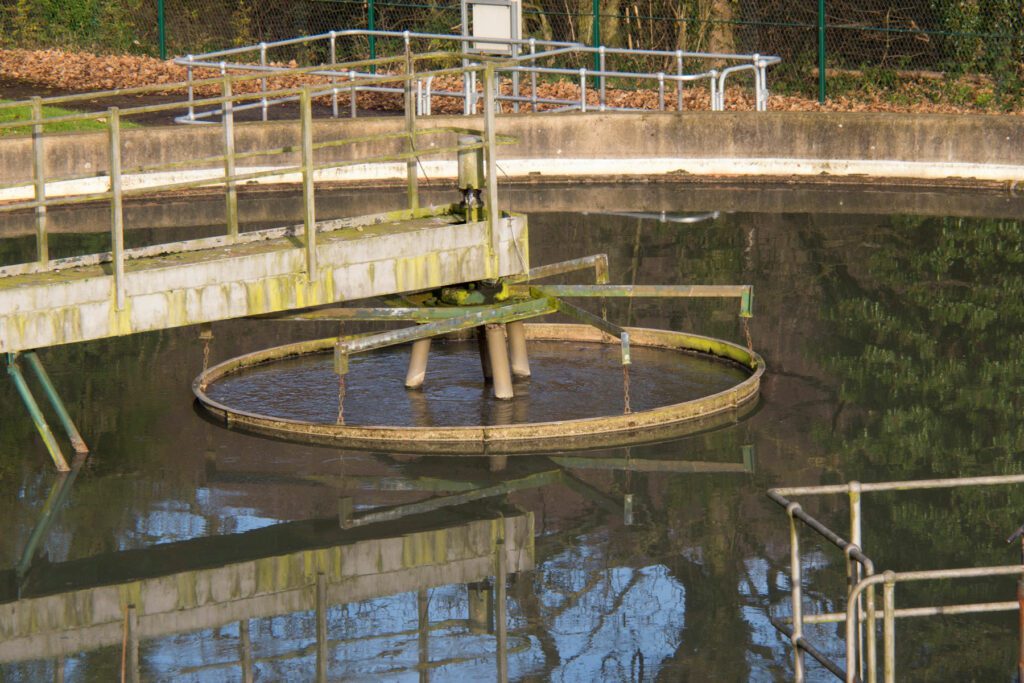Author
N-V-Z, three letters that can send chills down a landowner’s spine. However, one diligent landowner has been successful in challenging the imposition of a widened nitrate vulnerable zone (NVZ) designation. This highlights the flaws in the Environment Agency’s methodology in assessing the significance of agricultural activity on the nutrient levels in the River Adur. This is no small feat, considering that the Tribunal self admittedly places significant weight on the Environment Agency’s assessment of nutrient levels, and because the methodology is fiendishly complex to understand.
NVZ limitations
The significance of having land that falls within this designation is the limitations it imposes on spreading fertilisers or storing organic manures on a holding.
The Nitrate Pollution Prevention Regulations 2015 (Regulations) limit the amount of organic or inorganic nitrogen spread on the land and confine spreading activity to outside of the “closed periods”, which vary according to the crop grown and the soil type.
The landowner or occupier is required to keep meticulous records, including spreading risk maps, calculations of nitrogen loads, and consideration of leaching quantities based on spreading rates, rainfall and soil type.
“Occupier”
Under the Regulations an “occupier” of a holding in an NVZ is directly responsible for complying with the NVZ rules. Whilst the legislation does not prescribe who an “occupier” is, it is taken to mean the person who owns the land or who rents it.
Appeals
Regulation 6 of the Regulations permits an owner or occupier to appeal a notice served on them of proposals to expand an NVZ catchment. It provides two limited grounds of appeal; either the land doesn’t drain into the water identified or it drains into water which shouldn’t be identified as polluted, the latter was the ground upon which the appellant relied.
Penalties
Failure to comply with the Regulations is a criminal offence with potential liability to an unlimited fine. It may also result in civil sanctions from the EA, lumbering the landowner or occupier with additional monetary penalties and compliance notices. Up until 2024 there was the additional risk of a penalty being applied to the occupier’s Basic Payment Scheme payments, as it formed part of the (now abolished) cross-compliance rules.
The Nash case
This was the precipice on the edge of which R G Nash & Sons found themselves, as the Environment Agency sought to expand the River Adur catchment and envelope their land into an NVZ. However, the appellant was successful in challenging the EA’s decision by addressing the flaws in their methodology.
The appellant’s case was based on the argument that the methodology could not discernibly attribute nutrient figures in the River Adur to agricultural activity, as it had failed to consider the impact of a wastewater treatment works (WWTW) in the catchment. Indeed, consideration of the WWTW’s impact fell short of the average nitrogen load expected from a WWTW; it was quoted at a lower level than the average, by assuming that it incorporated a nitrogen stripping process, which it did not.
The methodology additionally failed to account for land modelling, which would have reduced predicted concentrations from agriculture by three to four times than those observed. This would have pointed to the WWTW as the culprit for the surplus levels observed.
In their conclusion, the Tribunal acknowledged that on receipt of more conclusive data the decision to expand the NVZ may be justified. In the case presented, however, they found the Environment Agency was wrong to identify the water as polluted by agriculture.
For landowners and tenants facing a new NVZ designation this case should serve as an encouragement to consider critically whether the designation is appropriate and can be justified by the evidence – and if not then an appeal may be the best way forward.
For those within NVZs, the Nash case reminds us of the importance of complying with the Regulations. The most crucial point, perhaps, is to identify whether a holding falls within an NVZ, which can be identified through MAGIC maps. Landowners should also be cautious when granting leases and licences, carefully ensuring that responsibilities for compliance are covered appropriately in the drafting.
Should you wish to discuss any of the issues raised in this article, please contact Laurence Platt.

